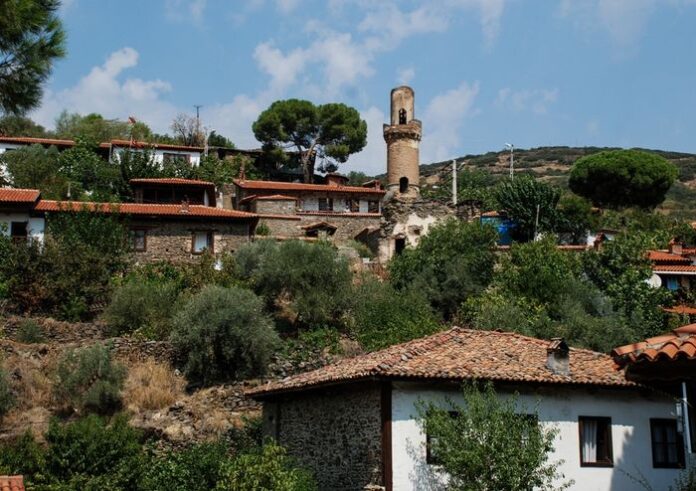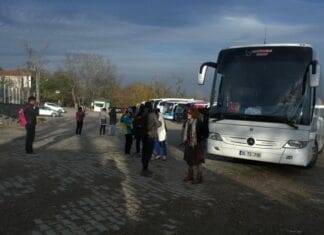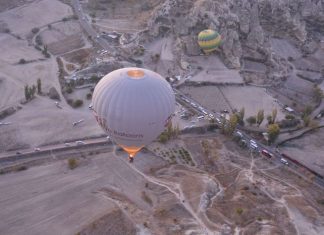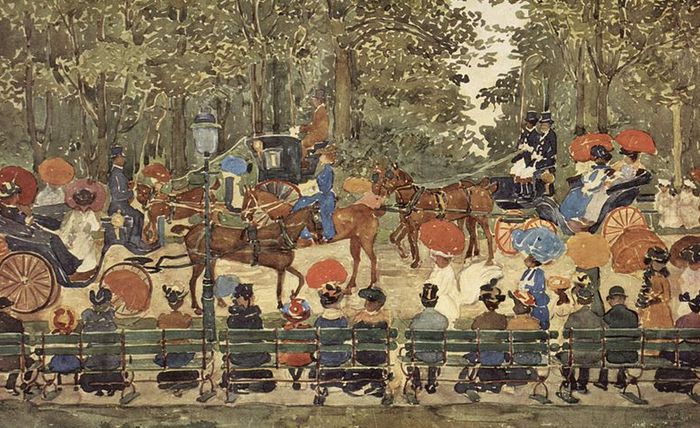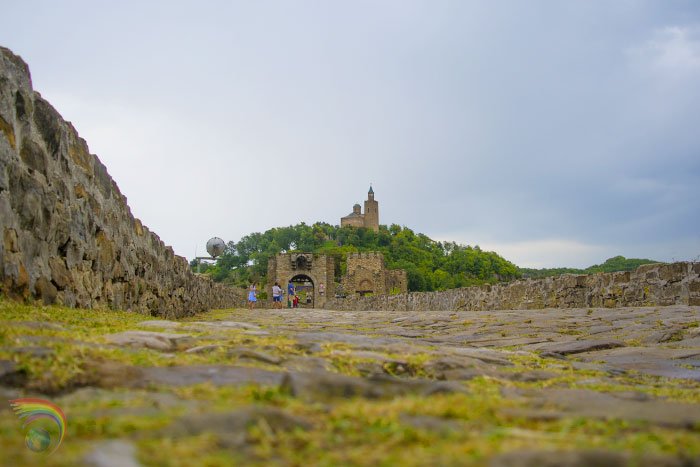The Theodosian Walls of Constantinople had a total of ten main gates and several smaller entrances called posterns. These openings were essential for the city’s security, military operations, and public access.
Two Types of Gates Military and Public
The main gates were divided into two groups:
Military Gates
These gates were built for the army and guards. They allowed soldiers to move within the walls or reach key areas in the fortifications. These gates did not lead to the outside of the city and were used only by the garrison.
Public Gates
These gates connected Constantinople to the outside world. People used them to enter and exit the city. To cross the moat, bridges were built in front of these gates. Because of this, they were also called Bridge Gates, and had proper names instead of just numbers Evidence from the Final Siege.
Security and Structure of the Gates
All major gates were double gateways. This means they pierced through both the Outer Wall and the Inner Wall. Here is how they were protected:
The inner gateway was the main entrance, and had two large towers on each side. These towers were placed far out from the wall to provide a wide field of fire, which made it easier to defend the gate Local Ephesus Tour Guides.
The outer gateway was also guarded by towers. For example, the Golden Gate—the most important of all—had two towers facing inward towards the city, protecting it from internal threats too.
This double defense system made it very hard for enemies to enter. The narrow space between the two walls, called the peribolos, was also easy to defend. Any attacker caught between the gates would be in serious danger.
The Posterns Small Secret Entrances
Posterns were small hidden doors, usually found in the towers or curtain walls. These were not used by the public. Instead, soldiers used them to move quickly and secretly between the walls or to launch surprise attacks.
Posterns were rare, especially on the Outer Wall, and when they did exist, they usually opened to the peribolos—the area between the inner and outer walls. It was uncommon to find a postern that opened onto the parateichion (the space outside the Outer Wall), because this would be a major security risk.
The Southernmost Postern
If we start from the Sea of Marmara and move north along the walls, the first postern appears just north of the first tower on the Inner Wall. This entrance has an arched shape, and above it is a carved Christian symbol—the monogram “XP”—which stands for “Christ” in Greek.
The gates of the Theodosian Walls were more than just doorways—they were carefully designed parts of Constantinople’s defensive system. From the heavily guarded Golden Gate to the hidden posterns, each opening served a specific and strategic purpose, making the city nearly impossible to conquer for centuries.
